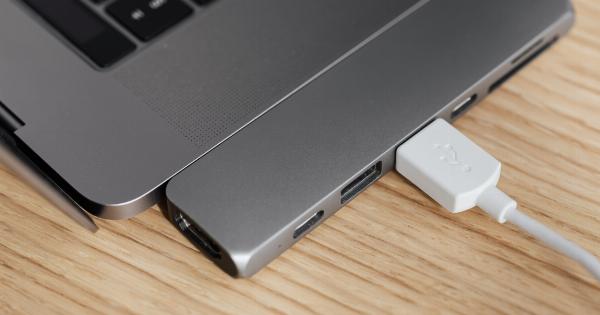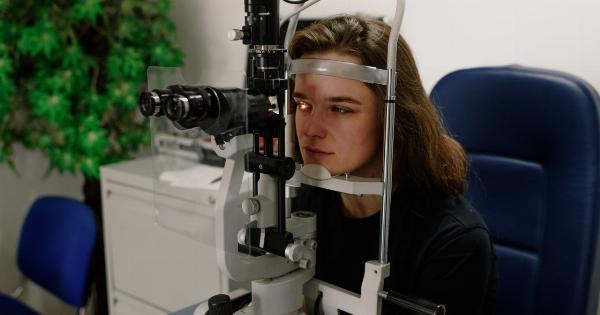Electronic cigarettes, also referred to as e-cigarettes or vaping devices, are battery-operated devices that heat up liquid to produce an aerosol, which is then inhaled by the user. The liquid is typically flavored and may or may not contain nicotine.
Vapor, on the other hand, refers to the aerosol produced by the heating of the liquid in e-cigarettes.
An Overview: Acute Bronchiolitis
Acute bronchiolitis is a respiratory condition that affects the smaller airways in the lungs, known as bronchioles. It is commonly caused by viral infections, with respiratory syncytial virus (RSV) being the most common culprit in young children.
Symptoms of acute bronchiolitis include cough, wheezing, shortness of breath, and difficulty breathing.
The Link Between Electronic Cigarettes and Vapor and Acute Bronchiolitis
While e-cigarettes and vapor have been marketed as a safer alternative to traditional smoking, research has shown that they are not without risks.
In fact, a number of studies have found a link between the use of e-cigarettes and vapor and the development of acute bronchiolitis.
How Electronic Cigarettes and Vapor Damage the Lungs
The aerosol produced by e-cigarettes and vapor contains a number of harmful chemicals, including nicotine, formaldehyde, and acrolein.
When inhaled, these chemicals can cause damage to the delicate lining of the bronchioles, leading to inflammation and swelling. Over time, this inflammation can make it difficult for air to flow in and out of the lungs, leading to the symptoms of acute bronchiolitis.
The Role of Nicotine in Acute Bronchiolitis
Nicotine is a highly addictive substance that is present in many e-cigarette liquids.
In addition to its addictive properties, nicotine has been shown to contribute to the development of acute bronchiolitis by damaging the lining of the bronchioles and increasing inflammation in the lungs. In children, exposure to nicotine can also disrupt the development of the lungs, leading to long-term respiratory problems.
The Impact of E-Cigarette and Vapor Use on Young Children
While anyone who uses e-cigarettes and vapor is at risk for developing acute bronchiolitis, young children are particularly vulnerable. This is because their lungs are still developing and are more sensitive to damage.
In addition, children are more likely to come into contact with e-cigarette aerosol secondhand, which can also contribute to the development of respiratory problems.
Preventing Acute Bronchiolitis Caused by Electronic Cigarettes and Vapor
The best way to prevent acute bronchiolitis caused by e-cigarettes and vapor is to avoid using them altogether, especially around young children. If you do choose to use these products, be sure to do so in well-ventilated areas and away from children.
Additionally, be sure to follow all manufacturer instructions for use and storage of these devices.
Treatment for Acute Bronchiolitis
If you or a loved one has been diagnosed with acute bronchiolitis, treatment will depend on the severity of the symptoms. Mild cases may only require rest and hydration, while more severe cases may require hospitalization and oxygen therapy.
In some cases, medications such as bronchodilators or corticosteroids may be used to help alleviate symptoms and improve lung function.
The Bottom Line
While e-cigarettes and vapor may be marketed as a safer alternative to traditional smoking, the evidence suggests that they are not without risks.
If you use these products, it is important to take steps to protect yourself and those around you from the harmful effects of the aerosol they produce. Additionally, if you experience symptoms of acute bronchiolitis, seek prompt medical attention to ensure a timely and effective treatment plan.





























